Africa is a big and diverse continent that is home to over a billion people from various origins. As a result, culture is rich and varied, changing not just from country to country, but even between towns, tribes, and villages! While Africa is best renowned for its interesting wildlife, it also has towns, rainforests, deserts, and even glacial landscapes, so you could explore this fascinating continent indefinitely and constantly discover something new.
Wildlife
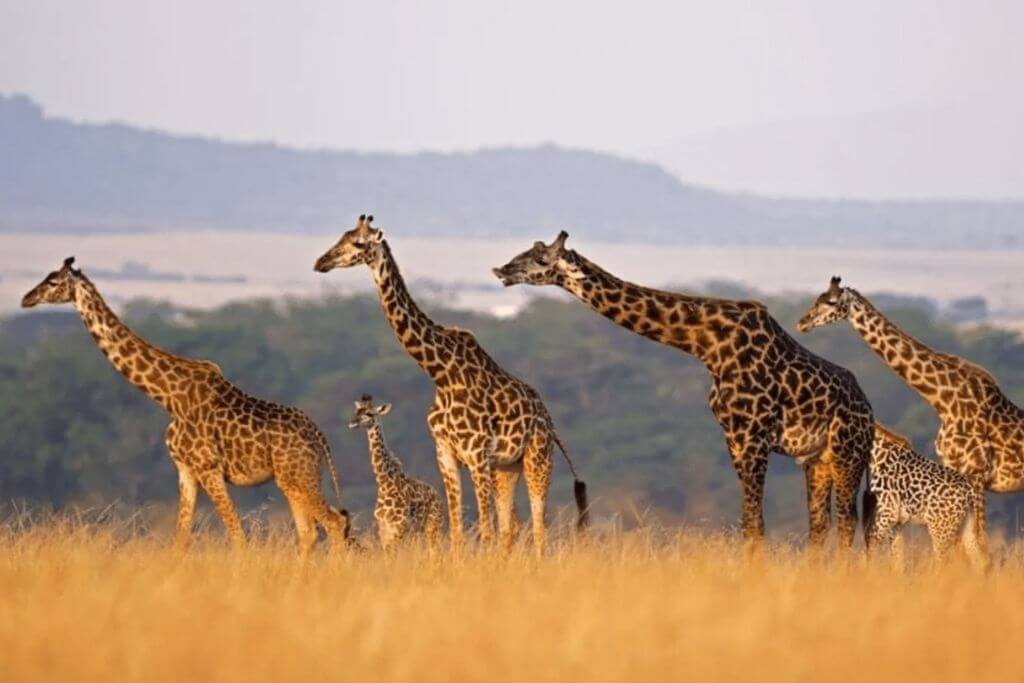
Wildlife is one of Africa’s true highlights, with large and little critters, bugs, and birds luring visitors from all over the world. Of course, The Big Five (lion, leopard, African elephant, rhino, and buffalo) are one of the main draws to Africa, with famous tourist locations including Kenya, Tanzania, and South Africa. Safaris in vast wildlife reserves allow visitors to see these gorgeous animals in their natural habitat, with a large portion of the proceeds going back into the species’ protection.
Aside from The Big Five, there are The Ugly Five, The Little Five, The Shy Five, and The Impossible Five, not to mention gorillas, chimps, and birds (Africa has almost 25% of the world’s population!).
As you can see, you could easily spend a lot of money and time discovering Africa’s diverse wildlife, so before arranging your trip, prioritize which animals are at the top of your bucket list. Of course, wildlife is just that, wild, so sightings are never guaranteed, but you’re almost certain to encounter some friendly giraffe, zebra, and antelope!
Various Ethnic Groups
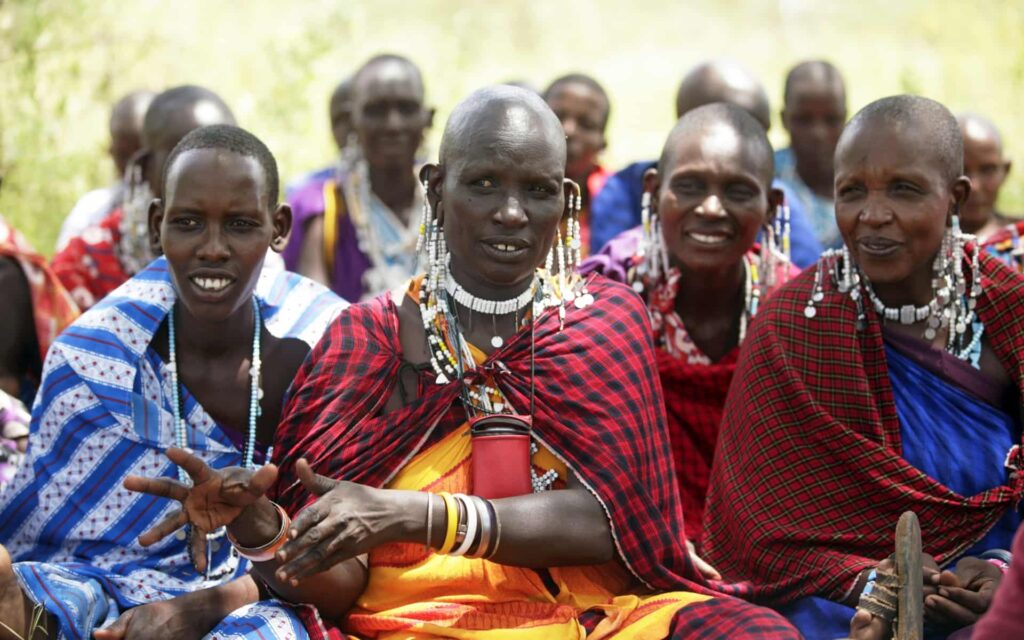
Another feature that makes Africa notable is its numerous ethnic groups. With over 1500 languages known to exist in Africa (although some researchers believe it is closer to 2000! ), it is not unexpected that there are hundreds of diverse cultural practices, festivals, costumes, and rituals to uncover.
There are so many distinct groups to learn about, from the Maasai in East Africa and the San Bushmen of the Makgadikgadi Pans to the Yoruba ethnic group in and around Nigeria and the Himba tribe in Northern Namibia.
Each tribe takes great pleasure in preserving its cultural history, which is why the customs and rites have survived to this day.
The Ancient Egyptians
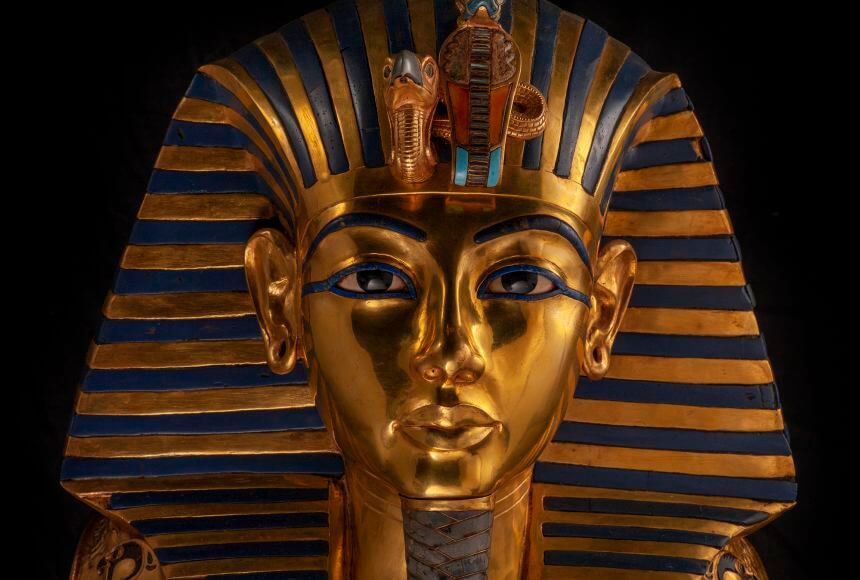
The Ancient Egyptians date back considerably further than many Sub-Saharan African groups. It is thought that their history began approximately 3200 B.C., when King Menes united the Upper and Lower Kingdoms to form a great dynasty.
But it is the famed Pyramids of Giza that we adore today, with the Great Pyramid constructed with huge limestone blocks, each weighing almost the same as two and a half elephants! This marvel of architecture, as well as Ancient Egyptian mummification procedures, astronomical knowledge, and hieroglyphic language, continue to captivate both historians and travelers.
The murals, statues, and carvings discovered on the Giza Pyramids site provide fascinating insight into the lives of the Ancient Egyptians. We now know that they adored bread and beer, worshiped over 1000 distinct gods and goddesses, and were the first to devise a 365-day calendar divided into 12 months.
The Sahara Desert
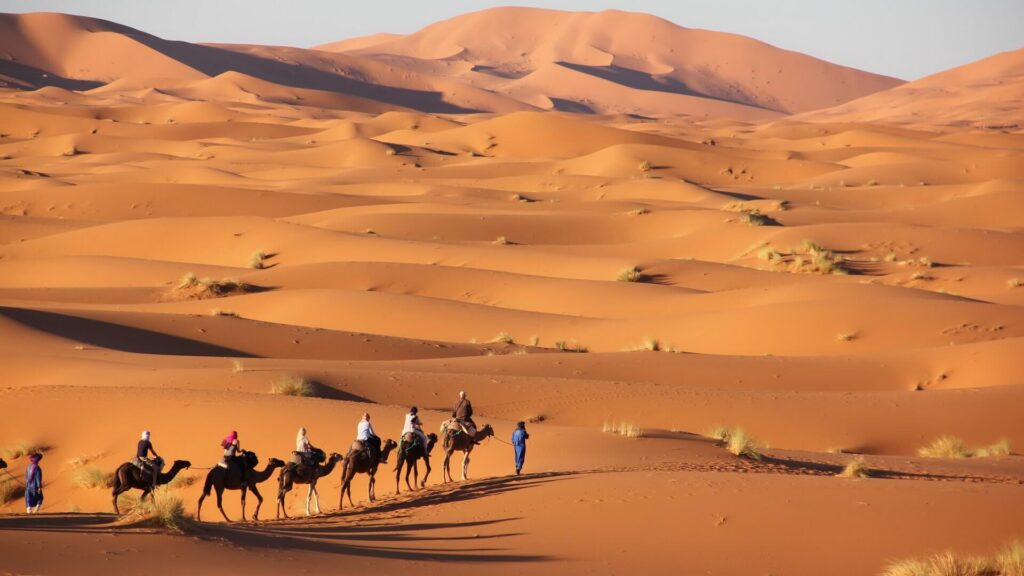
The Sahara Desert is the world’s largest scorching desert, spanning 3.6 million square miles (about the size of the United States!). The desert extends across 11 countries (Libya, Algeria, Egypt, Tunisia, Chad, Morocco, Eritrea, Niger, Mauritania, Mali, and Sudan), although only about 2 million people live there.
It is not, however, the largest desert; that honor belongs to Antarctica, an area that, although being covered in ice and snow, receives very little (if any) rainfall!
Although much of the Sahara is today arid and barren, it is believed that before 8000 B.C., this region was covered in lush savannah and grassland, which would have been home to grazing animals and fertile farming! Even now, the desert is home to over 1200 plant species.
Many people want to see the Sahara’s sand dunes, but other people are even crazy and want to run the legendary Marathon de Sables – the world’s toughest footrace!
Mountains
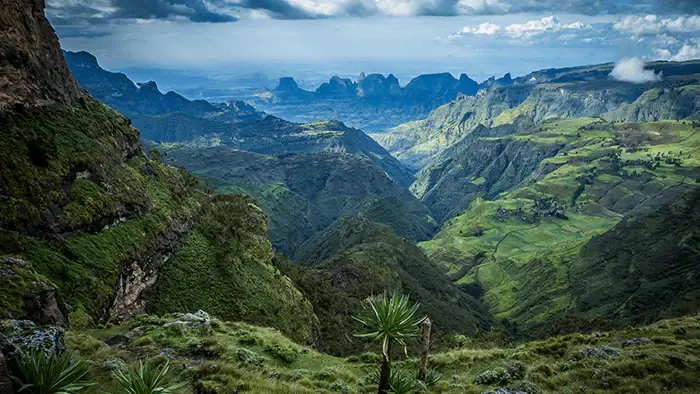
If mountains are more your thing, Africa has plenty of them, including Kilimanjaro, Mount Kenya, Mount Menu, the Atlas Mountains, and Mount Elgon, to mention a few. Not to mention the Virunga Mountains, which are home to mountain gorillas, and the snow-capped Rwenzori Mountains in Uganda, which are home to various species including forest elephants, chimps, L’Hoest monkeys, and the colorful Rwenzori turaco bird.
Mount Kilimanjaro is Africa’s highest mountain, having a summit elevation of 5895 meters above sea level. This is a difficult climb that many travelers place high on their bucket list. The hike to the peak takes between five to seven days, with walkers battling cold, exhaustion, and altitude along the way.
Waterfalls, rivers, and lakes
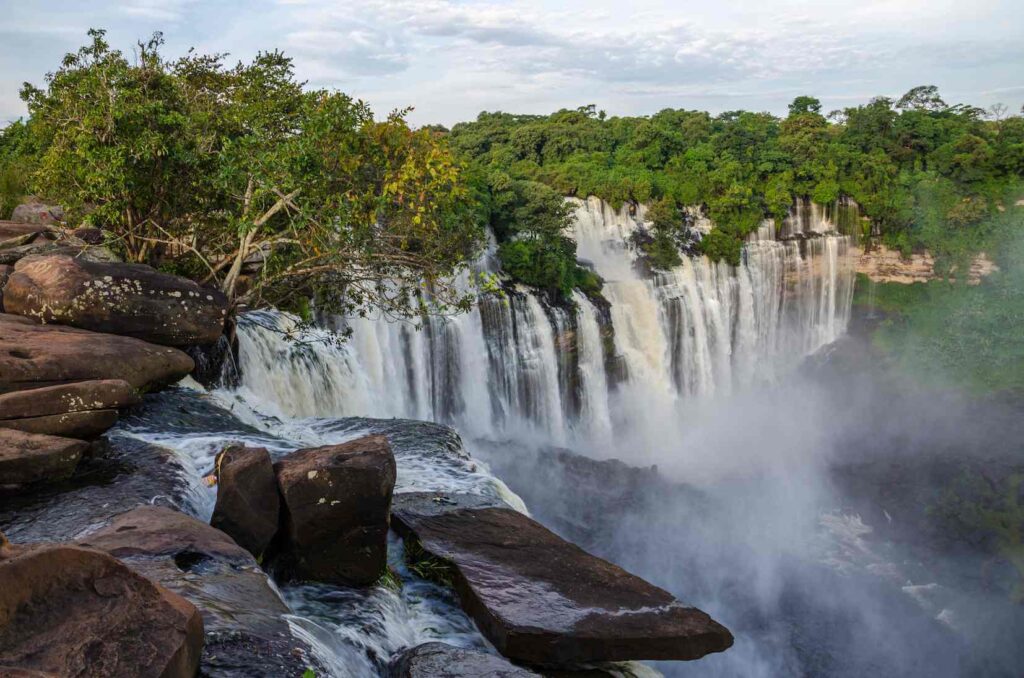
In addition to mountains and desert, Africa is home to numerous rivers, lakes, and waterfalls, some of which are world famous! These include Victoria Falls on the border of Zambia and Zimbabwe, Tugela Falls, Africa’s tallest waterfall, and Kalambo Falls on the border between Zambia and Tanzania. This last one is located at the end of Lake Tanganyika (the world’s largest freshwater lake), which is only second in Africa in terms of fame to Lake Victoria, a vast expanse of water that covers Kenya, Tanzania, and Uganda.
Of course, it would be remiss to mention Africa without mentioning the Nile, the world’s longest river, running 6,695 kilometers! The Nile flows through 11 countries (Tanzania, Uganda, the Democratic Republic of the Congo, Rwanda, Burundi, Ethiopia, Kenya, Eritrea, South Sudan, Sudan, and Egypt) and has tributaries that originate in South Sudan (the White Nile) and Ethiopia (the Blue Nile).
These water springs, among others, are renowned tourist spots in Africa, attracting thousands of visitors who come to marvel at their power and beauty.
Activities for Outdoor Adventure
Because of Africa’s amazing natural surroundings (as described above), various outdoor activities are available across the continent, allowing visitors to enjoy the natural beauty while also getting their hearts racing and crossing items off their bucket lists. Bungy jumping, white-water rafting, shark cage diving, sky diving, and trekking are among the sports available in Namibia, Zambia, Zimbabwe, Uganda, and South Africa. These are unquestionably once-in-a-lifetime events that should be considered while planning a vacation to southern Africa!
There are plenty of calmer outdoor activities for individuals who aren’t adrenalin addicts, such as fishing, bird-watching, snorkeling, walking safaris, and hot air ballooning.
Timbuktu
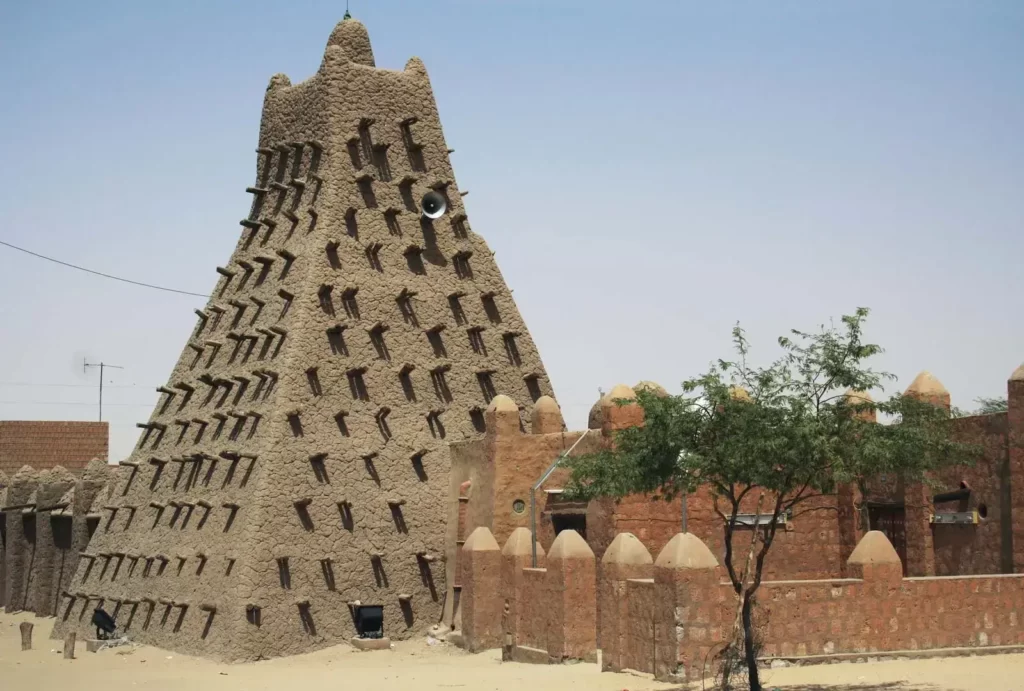
The phrase Timbuktu is frequently used in the English language to describe to somewhere extremely remote or far-flung, but you may be surprised to learn that it is actually a location in the Republic of Mali in West Africa.
Timbuktu was once both an Islamic cultural center and a major commerce town on the trans-Saharan caravan route. Timbuktu is now a UNESCO World Heritage Site, with three great mosques and 16 important mausoleums and cemeteries. The town also has a rich scholarly heritage, with libraries, university buildings, and cultural centers serving an essential social function.
Being the Forefather of the Human Race
One feature that distinguishes Africa from other continents is that it is regarded to be the birthplace of the human race. Although Charles Darwin proposed this in the 1800s, it wasn’t until 1974, when a 3.2-million-year-old skeleton (nicknamed ‘Lucy’) was unearthed in Ethiopia, that the Western world began to believe it.
Since then, the East African Rift Zone has been an important place for anthropologists studying human ancestry and evolution. Unlike other highly fragmented discovery, Lucy’s skeleton and accompanying fossils allowed scientists to investigate bipedalism and ancestral rituals, allowing them to obtain a better knowledge of Homo Sapiens’ evolutionary history.
Nelson Mandela
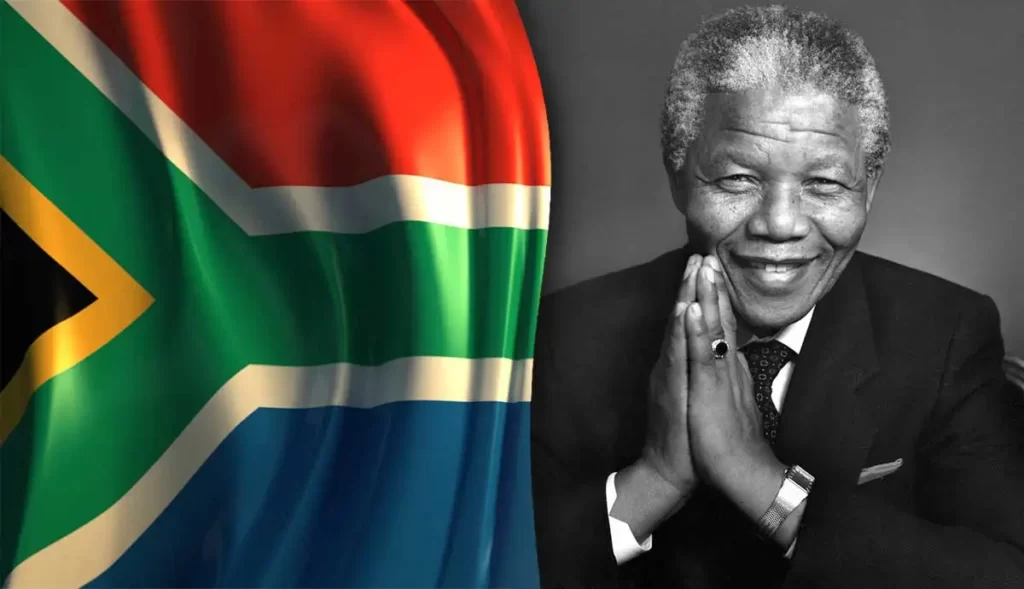
Nelson Mandela is another notable Homo Sapiens from Africa, a man known for his hard battle against racism and apartheid in South Africa and elsewhere. After years of struggle against white authority in South Africa, and a lengthy prison sentence for plotting to topple the National Party government, Nelson Mandela became the country’s first black president, a significant step toward racial healing in the country.
In 1993, Mandela and President F.W de Klerk were jointly awarded the Nobel Peace Prize for their contributions to South Africa’s peaceful transition to non-racial democracy. Even after he retired, Nelson Mandela maintained a prominent international presence in discussions about peace, social justice, and conflict resolution.
Mining and minerals

Africa is rich in resources due to its unique geology, including coal, petroleum, gold, platinum, and diamonds. However, due to a lack of technology and money in Africa, minerals and mining have become one of the more contentious aspects of the continent’s reputation.
This is due to the bad working conditions of the miners, as well as the corruption that exists within these businesses, with the majority of the money earned by mining ventures going to small groups of persons or, worse, massive international corporations. The topic of blood diamonds, diamonds mined in a war zone and sold to fuel violent insurgencies, is particularly noteworthy in this field.
More than half of the world’s diamonds are mined in Africa, and while some are ethical and sustainable, others are not.
The World’s Poorest Continent
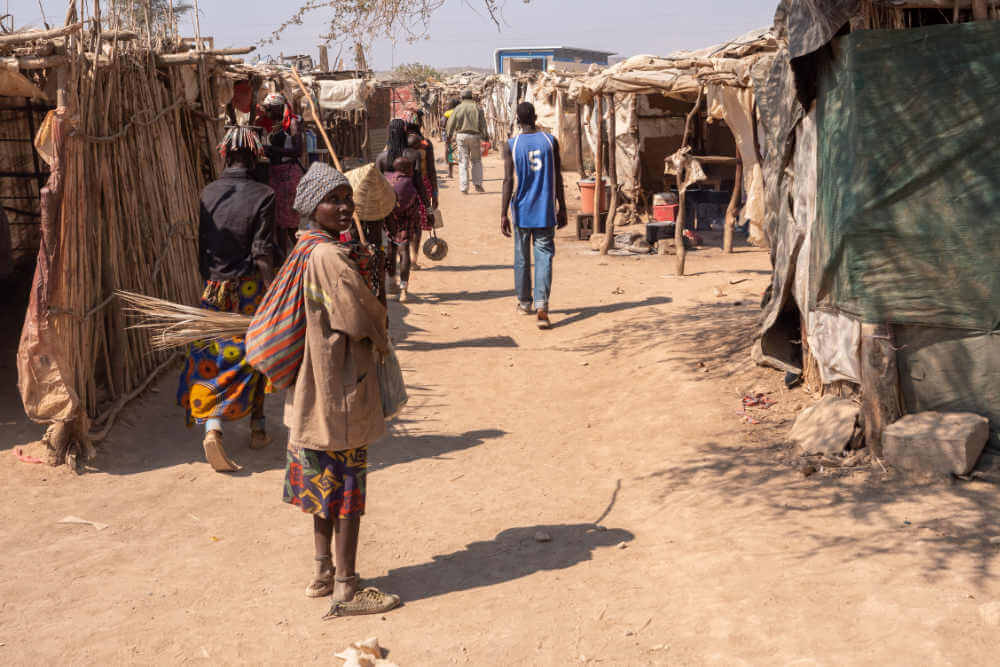
Unfortunately, amid many of Africa’s wonderful attributes, the continent is also notorious for being the poorest in the world. As a result, many people in Africa, particularly in Sub-Saharan Africa, live on less than $1 per day and lack access to basic facilities such as running water, power, and sanitation systems that we take for granted in the West. In fact, New York has more internet users than the entire continent of Africa!
Poverty affects the African population in a variety of ways, with one-third of Sub-Saharan Africa undernourished, 40% illiterate, 25 million people infected with HIV, and women and children walking an average of 3.7 miles per day just to get the water they need to survive.
While this is gradually improving, many individuals are still living without their basic necessities being met, and we must all continue to help them.
Hopefully, you now know more about Africa, the world’s second-largest continent, and are even more motivated to visit. You can add Africa on your bucket list if you want to see some of the great animals, try some of South Africa’s delicious food and wine, participate in some spectacular outdoor sports, or simply learn more about the continent’s history and culture. We really hope we’ve helped to inform and excite you about this amazing continent, as well as given you some ideas for your next trip!
